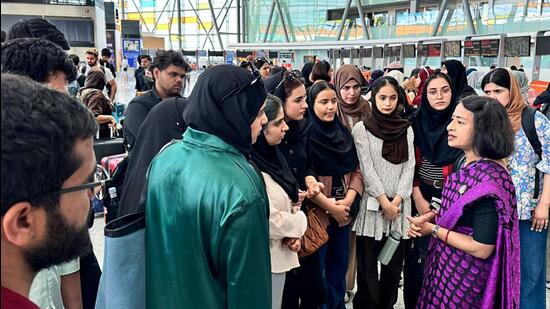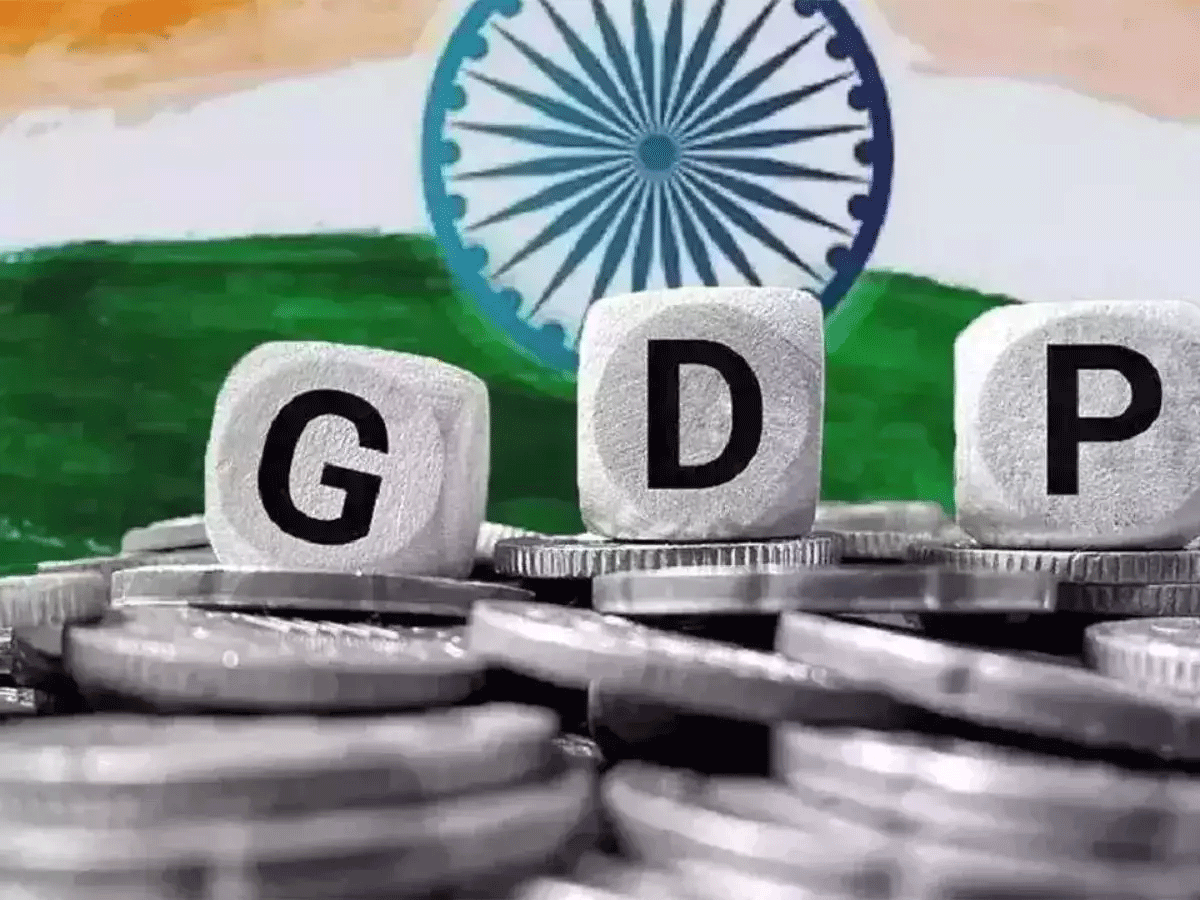- Courses
- GS Full Course 1 Year
- GS Full Course 2 Year
- GS Full Course 3 Year
- GS Full Course Till Selection
- Answer Alpha: Mains 2025 Mentorship
- MEP (Mains Enrichment Programme) Data, Facts
- Essay Target – 150+ Marks
- Online Program
- GS Recorded Course
- Polity
- Geography
- Economy
- Ancient, Medieval and Art & Culture AMAC
- Modern India, Post Independence & World History
- Environment
- Governance
- Science & Technology
- International Relations and Internal Security
- Disaster Management
- Ethics
- NCERT Current Affairs
- Indian Society and Social Issue
- NCERT- Science and Technology
- NCERT - Geography
- NCERT - Ancient History
- NCERT- World History
- NCERT Modern History
- CSAT
- 5 LAYERED ARJUNA Mentorship
- Public Administration Optional
- ABOUT US
- OUR TOPPERS
- TEST SERIES
- FREE STUDY MATERIAL
- VIDEOS
- CONTACT US
IEA's Electricity Report 2024
IEA's Electricity Report 2024
06-02-2024
Context: The International Energy Agency (IEA) released the "Electricity 2024" report, providing critical insights into India's energy landscape.
According to the latest International Energy Agency’s (IEA) Electricity 2024 Report, India’s electricity demand will surpass China’s and have the world’s fastest growth rate by 2026.
Key Insights from IEA's Electricity Report 2024
Coal Dominance and Trends:
- India is expected to heavily rely on coal to meet growing electricity demand until 2026.
- Coal-fired generation is projected to constitute 68% of India's electricity demand by 2026, despite a slight decrease from 74% in 2023.
- Annual growth of 2.5% is anticipated in coal-fired power generation from 2024 to 2026.
- Despite India's net-zero target by 2070, coal is expected to maintain a dominant role.
Renewable Energy Status:
- Renewable energy (RE) accounted for 21% of electricity generation in 2023.
- Approximately 21 GW of RE capacity was added in 2023, contributing to nearly 44% of the total installed capacity.
- Solar and wind growth offset reduced hydropower output.
Electricity Demand Dynamics:
- India experienced a 7% rise in electricity demand in 2023, driven by rapid economic growth and increased cooling needs.
- An expected annual average growth of 6.5% is forecasted between 2024 and 2026.
- India is poised to surpass China's electricity demand by 2026, exhibiting the world's fastest growth rate.
Global Comparison and Emerging Economies:
- Emerging economies, particularly in South Asia, are expected to contribute about 85% of new electricity capacity.
- China and India lead in new electricity capacity, with India's demand approaching that of the United Kingdom.
Hydropower Challenges and Mandates:
- Changing weather patterns led to a 15% decline in hydropower generation in 2023.
- The government mandated a 6% blending of imported coal with domestic coal until March 2024 for uninterrupted power supply.
Diversification Efforts:
- India is diversifying its energy sources by adding wind, solar, large hydro, and nuclear power projects.
Nuclear Power Surge:
- Over half of the global nuclear power plants in the pipeline (2024-2026) are in China and India.
- Global nuclear generation is projected to increase by almost 10% in 2026 compared to 2023.
- India aims to triple its nuclear capacity by 2032, with 4 GW of new capacity entering commercial operation by 2026.
Global Nuclear Landscape:
- Asia is expected to surpass North America's nuclear power growth by 2026, reaching a 30% share of global nuclear generation.
- The report emphasizes the growing momentum behind Small Modular Reactor (SMR) technology, offering potential solutions to energy challenges.
Small Modular Reactor (SMR) Technology:
- The adoption of small modular reactor (SMR) technology is gaining momentum, as indicated in the recent report.
- SMRs are advanced nuclear reactors designed with a power capacity of up to 300 MW(e) per unit, constituting about one-third of the generating capacity of traditional nuclear power reactors.
- Characteristics of SMRs, contributing to large-scale low-carbon electricity production, include:
- Small: Physically smaller than conventional nuclear power reactors.
- Modular: Enables factory assembly and transportation of systems and components as a unit for installation.
- Reactors: Utilize nuclear fission to generate heat for energy production.
- While progress is being made in the development and deployment of SMR technology, challenges persist.
- Research and development efforts are accelerating to address these challenges and further advance SMR technology.
About India’s Power Sector:
- Installed Electricity Generation Capacity (as of May 2023): Total Installed Capacity (Fossil Fuel & Non-Fossil Fuel) stands at 417 GW.
- Share of Energy Sources in Electricity Generation:
- Fossil fuel (including Coal): 56.8%
- Renewable Energy (including Hydropower): 41.4%
- Nuclear fuel: 1.60%
- India's Renewable Energy Targets: India is committed to achieving its renewable energy goals outlined in the Panchamrit action plan, including:
- Attaining a non-fossil fuel energy capacity of 500 GW by 2030.
- Meeting at least 50% of its energy needs through renewable sources by 2030.
- Reducing CO2 emissions by 1 billion tons by 2030 and lowering carbon intensity to below 45% by 2030.
- Aiming for a Net-Zero emission status by 2070.
- India revised its Nationally Determined Contribution (NDC) in August 2022, enhancing the target to reduce emissions intensity of its GDP to 45% by 2030 from the 2005 level.
International Energy Agency (IEA) Overview:
- The IEA is an independent inter-governmental organization which has its headquarters in Paris, France operating within the Organisation for Economic Cooperation and Development (OECD) framework
- Established in 1974 with the primary goal of ensuring the security of oil supplies.
- Currently, it has 31 member countries, 11 association countries and 4 accession countries.
- India became an Associate member of the IEA in 2017.
- A candidate country to the IEA must be a member country of the OECD.
- Key reports published by the IEA include
-
-
- World Energy Outlook reports.
- India Energy Outlook Report.
- World Energy Investment Report.
- The IEA Technology Roadmap and Policy Pathway series.
- Annual Energy Efficiency Market Report.
- The Energy Technology Perspectives.
-
-
Conclusion:
- The IEA's Electricity Report 2024 underscores the complexities and opportunities in India's evolving energy landscape, emphasizing the continued role of coal, the growth of renewables, and the promising trajectory of nuclear power, including the emerging significance of Small Modular Reactor technology.



